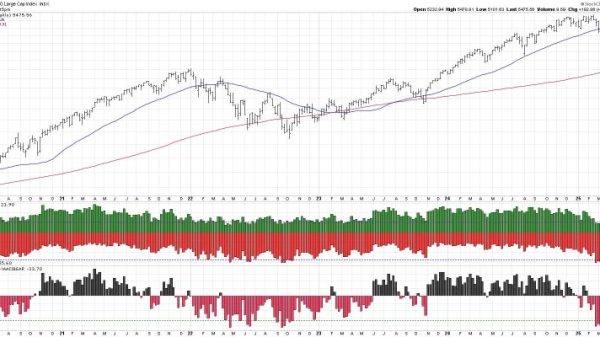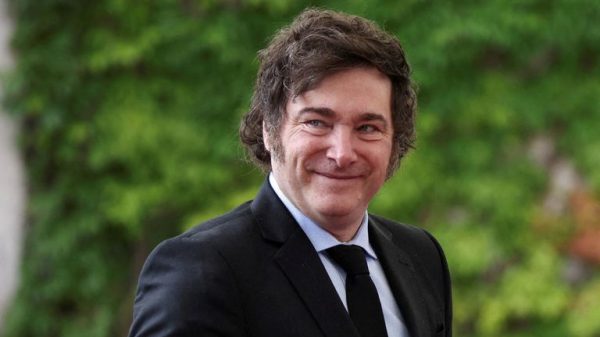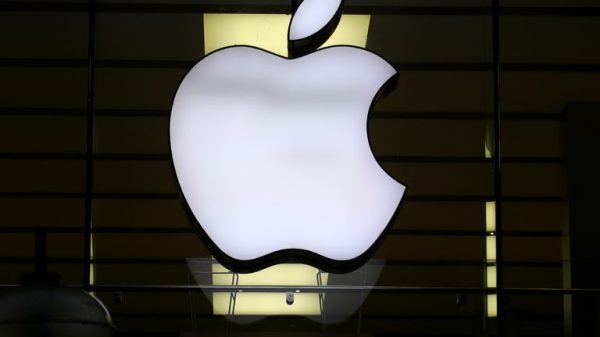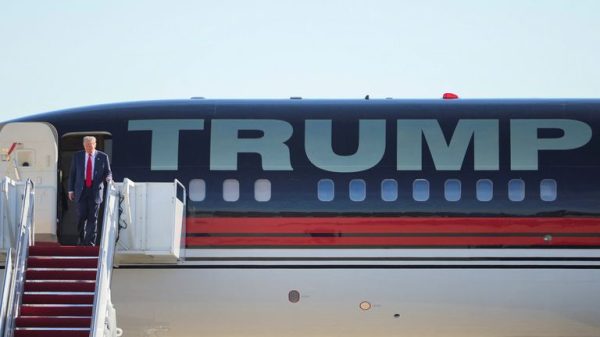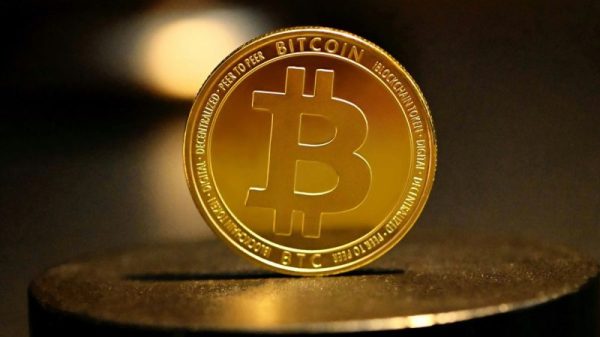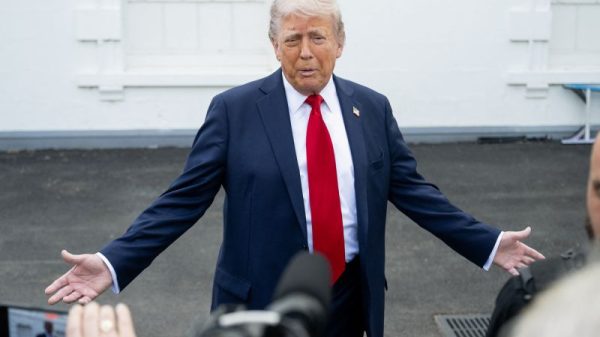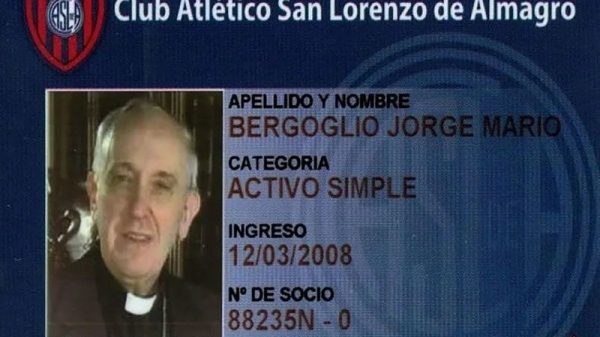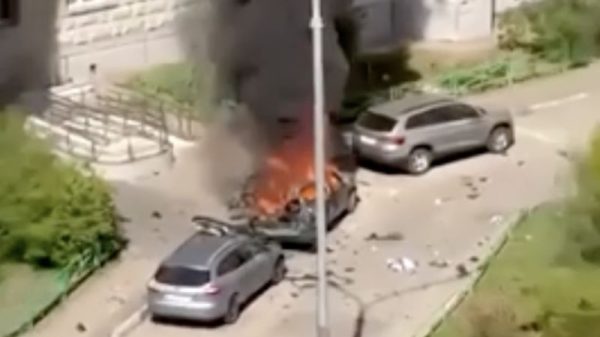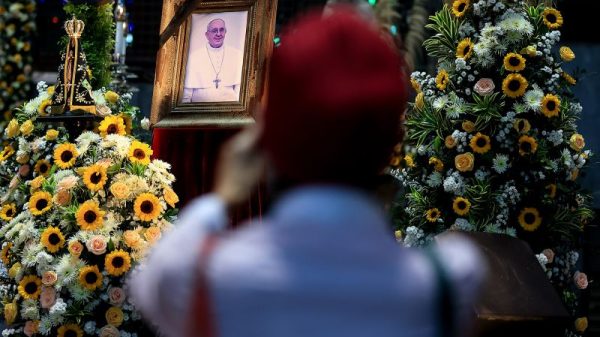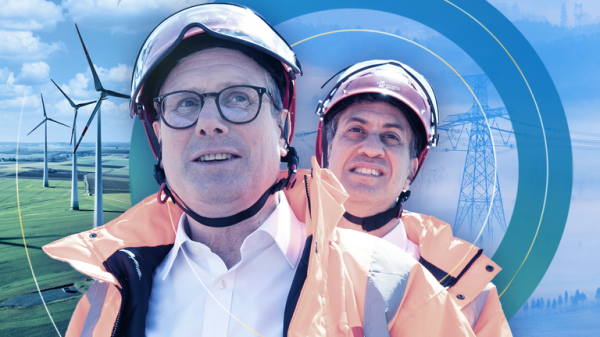Pope Francis, who died on Easter Monday, is breaking with tradition when it comes to where he will be laid to rest – choosing a light-filled basilica instead of the grottoes of the Vatican.
Popes are usually buried within Vatican City, beneath St. Peter’s Basilica. But Francis will be the first pontiff in more than a century to be buried outside the Vatican, as he requested a “simple” tomb a couple of miles away in the Basilica di Santa Maria Maggiore – also known as St. Mary Major.
Francis’ funeral will take place on Saturday in St. Peter’s Square, before his body is taken to the basilica – on the other side of the river in central Rome – for burial.
“The tomb must be in the earth; simple, without particular decoration and with the only inscription: Franciscus,” the pontiff said in his will, released by the Vatican. He also said the costs of his burial would be covered “by a sum provided by a benefactor.”
While Francis’ tomb will be humble, the basilica above it glitters with sunlight and gold. The ceiling is covered in gilded wood, and light pours in through high-up windows to illuminate intricate mosaics that line the nave. Mourners and visitors have flocked here in the days since Francis’s death, interested to see for themselves a place that he loved.
Perched on top of one of the seven hills on which ancient Rome was built, Santa Maria Maggiore is one of four papal basilicas. Its bell tower is the tallest in the Italian capital, rising to a height of 246 feet, and its position on the hill makes it the highest point in the city.
The legend goes that the Virgin Mary came to both Pope Liberius and an Italian aristocrat asking for the church to be constructed in her honor in a place that would be miraculously revealed. Rome’s Esquiline Hill was identified as the spot after snow fell on its summit in August of 358, at the height of summer. In contemporary times, a celebration marking the “Miracle of the Snow” takes place at the basilica on August 5 every year.
The church as it stands today was commissioned by Pope Sixtus III in the year 431. The mosaics date from that time, and the interior also boasts Classical columns plundered from other buildings, although it’s encased in a Neoclassical facade built in the 1700s.
The church has long held a special significance for Pope Francis, who used to visit on Sunday mornings to honor the Virgin Mary.
He would often visit the basilica before and after foreign trips, as well as after hospital stays, to pray to the most important Marian icon, the Salus Populi Romani, to which he entrusted the protection of his apostolic journeys, in keeping with Jesuit tradition.
Clearly a spot close to his heart, it’s where Francis began his first full day as leader of the Catholic Church in 2013. It is also the first place he visited after leaving the hospital last month, offering flowers to be placed before the icon of the Virgin Mary before returning to his residence in the Vatican.
Francis revealed his plans to be buried there in December 2023, explaining that he felt a “very strong connection” with the basilica. “I want to be buried in Santa Maria Maggiore,” Francis said. “Because it is my great devotion.”
A “place is already prepared” for his burial, the pope said in 2023, adding that he had been working on streamlining papal funerals.
“We simplified them quite a bit,” Francis said. “I will premiere the new ritual,” he added with a smile at the time.
Although seven other popes are buried in Santa Maria Maggiore, Francis will be the first not to be interred in St. Peter’s Basilica since Leo XIII, who died in 1903 and was laid to rest in the Basilica di San Giovanni in Laterano. The last pope to be buried at Santa Maria Maggiore was Clement IX, back in 1669.
This is not the only time the pope has broken with tradition: Francis also refused to live in the Apostolic Palace, the official papal residence, instead choosing to live in a small apartment in the Vatican guesthouse, Santa Marta.
Throughout his life, he was known for eschewing luxuries. As a cardinal in Buenos Aires, Argentina, he was known for taking the subway instead of using a chauffeured car. Later in his career, he would travel to work at the Vatican in an unassuming blue Ford Focus.
The day after his death, Basilica di Santa Maria Maggiore was far busier than usual, with mourners, worshipers and other visitors coming by the hundreds. The atmosphere was filled with sentiment but not somber, and the afternoon Mass opened with a brass quintet and bright organ music.
“It was just a remarkable experience,” Kerry Bruder, 71, from Ontario, Canada, said after seeing the vast artworks and marble sculptures inside the church. “You know that people for centuries have been going in there… and it just made you feel small, but in a good way.”
Victoria Ferreira, who traveled to Rome from Brazil for Easter, said she had already visited the basilica days before – but it felt different after the pontiff’s death, adding that “it was very emotional.”
“He filled us with love, with empathy, with hope,” she said. “And I think we need to, more than ever, have this in our mind and in our actions – to be like him.”

